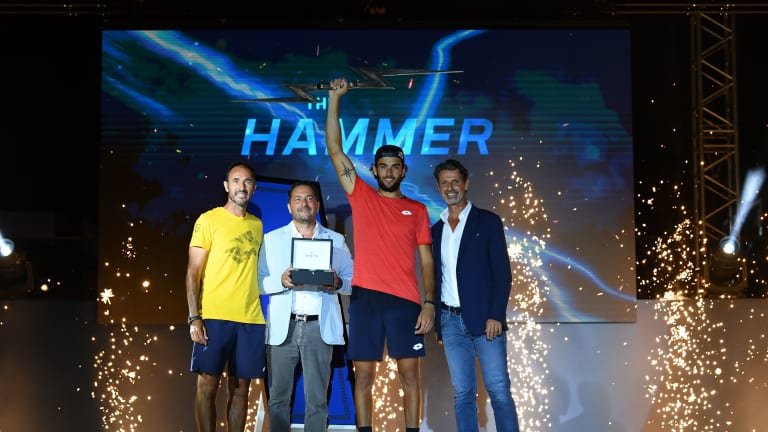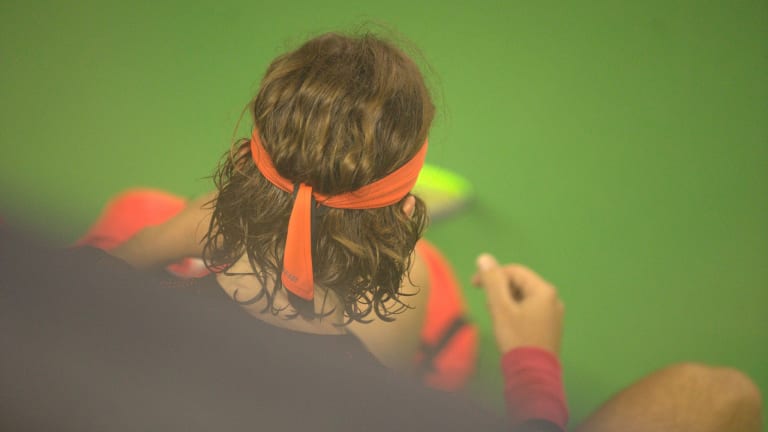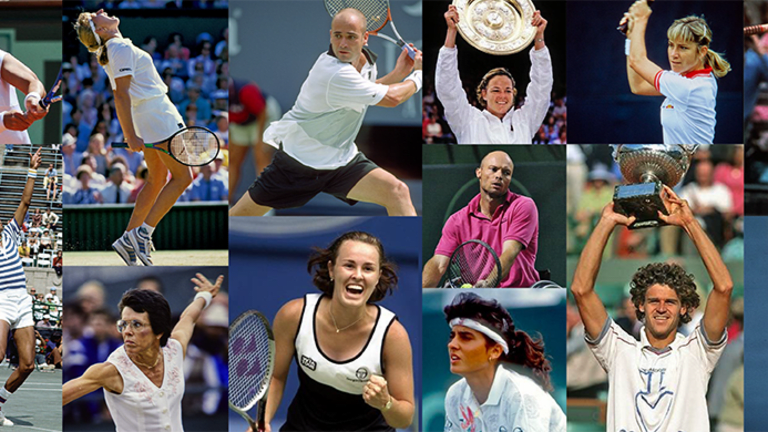UTS recap: What works, what needs work, what tennis can learn from it?
By Jul 13, 2020Lifestyle
Game, Set, Recharge: Globe-trotting tennis pros fight jet lag by staying one step ahead
By Apr 19, 2025ATP Barcelona, Spain
Casper Ruud, Stefanos Tsitsipas open Barcelona bids in quest to halt further ranking slides
By Apr 15, 2025Week In Preview
Aryna Sabalenka takes her first crack at Iga Swiatek's clay-court supremacy in Stuttgart
By Apr 14, 2025Tennis.com Interview
Lorenzo Musetti manifested his 'special' week in Monte Carlo with first Masters 1000 final
By Apr 12, 2025Social
Stefanos Tsitsipas declines to comment on Goran Ivanisevic coaching rumors
By Apr 11, 2025Pick of the Day
Monte-Carlo Betting Preview: Lorenzo Musetti vs. Stefanos Tsitsipas
By Apr 10, 2025ATP Monte Carlo, Monaco
Stefanos Tsitsipas vs. Lorenzo Musetti: Where to Watch, Monte Carlo Preview, Betting Odds
By Apr 10, 2025ATP Monte Carlo, Monaco
The original Next Gen—Zverev, Medvedev, Tsitsipas, Berrettini—soldiers into a key clay swing
By Apr 09, 2025Game, Set, Bet
Game, Set, Bet, presented by BetMGM: Will Carlos Alcaraz win Monte Carlo?
By Apr 06, 2025UTS recap: What works, what needs work, what tennis can learn from it?
“Modernity” is the third pillar of the Ultimate Tennis Showdown, and in that sense it succeeds: It feels modern, and for tennis, that’s a big step forward.
Published Jul 13, 2020
Advertising

UTS recap: What works, what needs work, what tennis can learn from it?
Advertising
UTS recap: What works, what needs work, what tennis can learn from it?
Advertising

UTS recap: What works, what needs work, what tennis can learn from it?
Advertising

UTS recap: What works, what needs work, what tennis can learn from it?
Advertising

UTS recap: What works, what needs work, what tennis can learn from it?